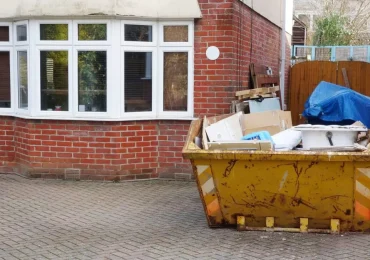The cost of metal can change dramatically based on many different factors. Not only will supply and demand have their usual effect, but everything from economic to social changes in specific countries can have a huge effect on the cost of metal.
Of course, these factors may also affect supply and demand, but in many ways fear remains the biggest driver in such commodities. After all, materials can remain in plentiful supply but soar in price if the mere threat of shortage is a mentioned, and therefore such price shifts in either direction can happen out of nowhere.
Or at least that may be how it seems. However, shifts in steel prices are likely to be able to be predicted much further in advance than many businesses realise, with such social and economic shifts already being taken into account. In turn, merely studying current prices or even past sheet steel prices will not be enough, and businesses will need access to accurate predictions if they are to avoid buying or selling such commodities at the wrong time.
Spending far more than one needs to on metal or even selling such metals for far less than they are worth can have a serious effect on the viability of the business in question. By being armed with effective predictions, businesses are far more likely to sell or buy steel at the right time, something that, in itself, could have a further effect on the cost of metal further down the line. Either way, without predictions, your business may end up out of pocket quite considerably.




